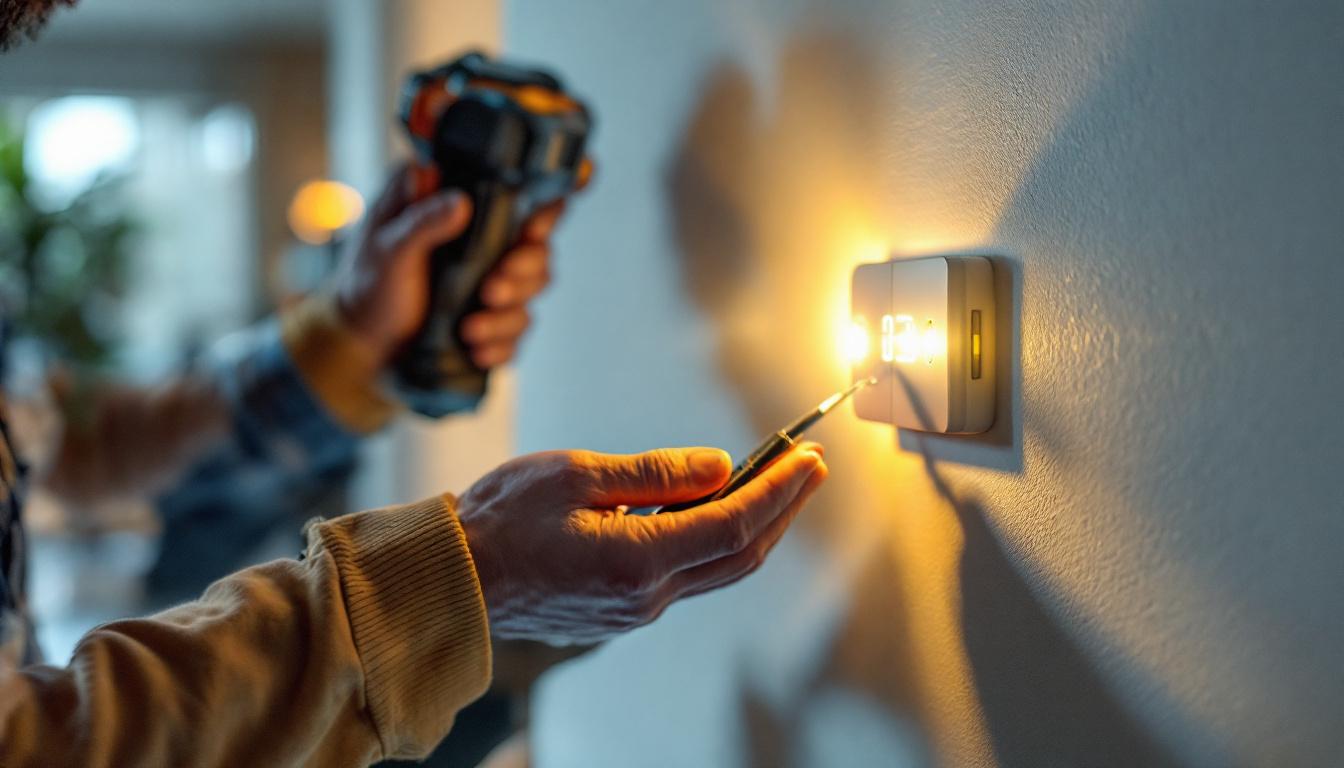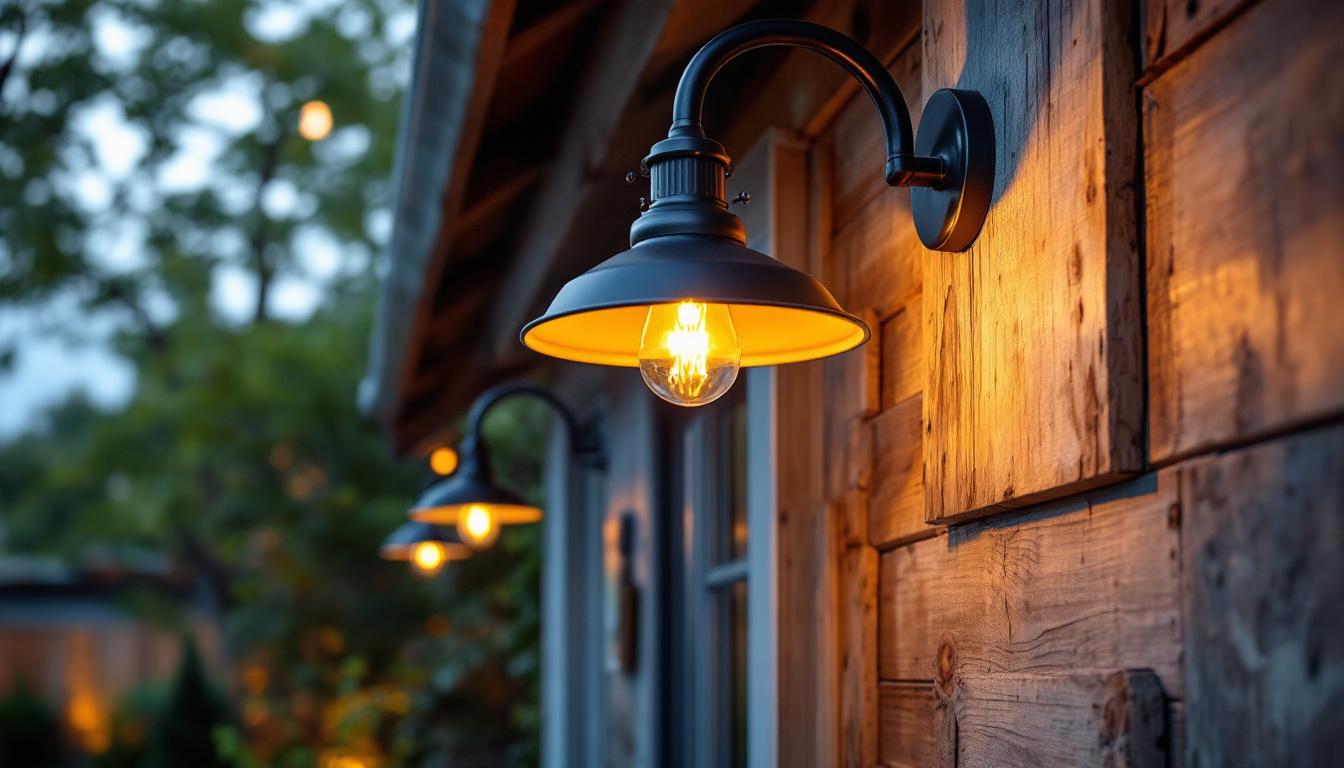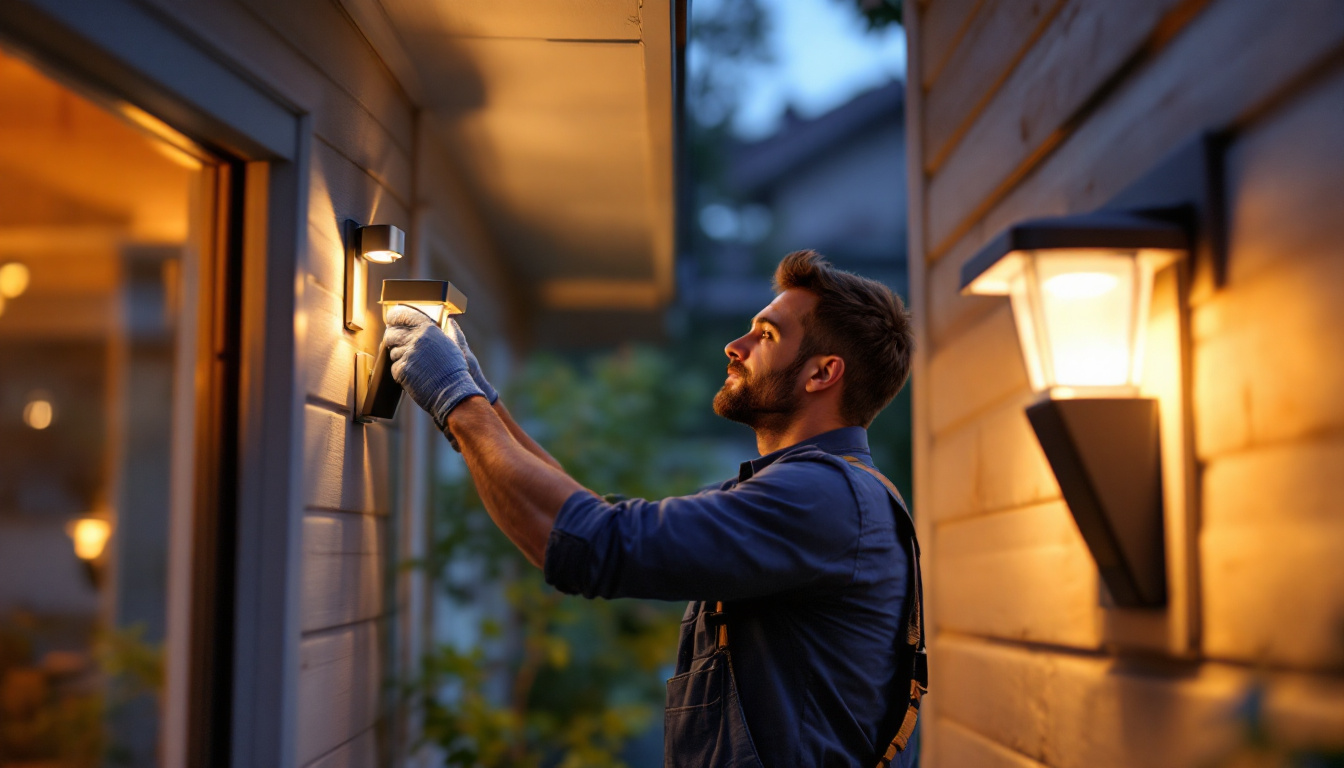
Built-in timer light switches have become an essential component in modern lighting installations, offering convenience, energy savings, and enhanced security. For lighting contractors, understanding the nuances of these devices is crucial to delivering high-quality service and ensuring customer satisfaction. Unlike traditional switches, timer switches automate lighting control, allowing users to set specific on/off schedules without manual intervention.
As the demand for smart and energy-efficient lighting solutions rises, contractors must be well-versed in the selection, installation, and troubleshooting of built-in timer switches. However, several common mistakes can undermine the effectiveness of these devices and lead to costly callbacks or dissatisfied clients. This guide aims to highlight these pitfalls and provide practical advice to avoid them.
One of the key advantages of built-in timer light switches is their ability to enhance home security. By programming lights to turn on and off at specific times, homeowners can create the illusion of occupancy, deterring potential intruders. This feature is particularly beneficial for those who travel frequently or spend extended periods away from home. Additionally, many modern timer switches come equipped with randomization features, which can further mimic the natural patterns of human activity, making homes less predictable and more secure.
Moreover, these devices contribute significantly to energy efficiency. By allowing homeowners to set precise schedules for their lighting, timer switches help reduce energy consumption, especially in areas that may otherwise be left illuminated unnecessarily. For instance, outdoor lights can be programmed to turn on at dusk and off at dawn, ensuring that they are only in use when needed. This not only lowers electricity bills but also contributes to a more sustainable lifestyle, aligning with the growing trend toward environmentally conscious living. As contractors, being able to educate clients on these benefits can enhance the value of your service and promote long-term customer relationships.
One of the most frequent errors contractors make is neglecting to verify the compatibility of the timer switch with the existing electrical wiring. Many built-in timer switches require a neutral wire to function properly, yet older homes often lack this wire in the switch box. Installing a timer switch without a neutral wire can result in flickering lights, malfunctioning timers, or even damage to the device.
Before installation, contractors should always inspect the wiring setup and confirm whether a neutral wire is present. If it is absent, alternative timer switches designed to operate without a neutral wire should be considered. This step not only prevents operational issues but also ensures compliance with electrical codes and safety standards. Furthermore, understanding the local electrical code can provide insights into any additional requirements or restrictions that may apply, ensuring that the installation meets all necessary safety guidelines and regulations.
Timer switches are designed to handle specific types of lighting loads, such as incandescent, LED, CFL, or halogen bulbs. Installing a timer switch incompatible with the load type can lead to premature device failure or erratic behavior. For example, some timer switches are not rated for low-wattage LED bulbs, which can cause the switch to cycle on and off unexpectedly.
Additionally, the total wattage of the connected lighting must not exceed the timer switch’s rated capacity. Contractors should calculate the aggregate wattage of all bulbs on the circuit and select a timer switch with an appropriate rating. This attention to detail ensures longevity and reliable performance. It’s also wise to consider future upgrades; for instance, if the homeowner plans to switch to energy-efficient lighting, selecting a versatile timer switch that accommodates various load types can save time and money down the line.
While advanced timer switches may offer a variety of programming options, overly complex interfaces can confuse end users, leading to improper use or frequent adjustments. Contractors must consider the client’s technical comfort level when recommending timer switches.
Choosing a timer switch with an intuitive interface, clear instructions, and straightforward programming can enhance user satisfaction. Demonstrating the programming process during installation and providing written instructions can further reduce user errors and service calls. Additionally, some timer switches come equipped with smartphone compatibility, allowing users to control their lighting remotely. This feature not only adds convenience but also appeals to tech-savvy homeowners who appreciate modern solutions. By discussing these advanced features and their usability, contractors can better align their recommendations with the homeowner’s lifestyle and preferences, ensuring a more tailored and satisfactory installation experience.
Safety is paramount when working with electrical devices. A surprisingly common mistake is neglecting to switch off the circuit breaker before installing the timer switch. This oversight can lead to electrical shock, injury, or damage to the device and wiring.
Contractors should always adhere to strict safety protocols, including verifying that the power is off using a voltage tester before touching any wires. This practice protects both the installer and the integrity of the installation. Additionally, it is advisable to inform anyone nearby that work is being done on the electrical system, which can help prevent accidental power restoration while the installation is in progress. Using lockout/tagout procedures can further enhance safety by ensuring that the circuit remains de-energized until the work is completed.
Miswiring is a leading cause of timer switch malfunctions. Common wiring errors include swapping the load and line wires, failing to connect the neutral wire when required, or leaving wires loose. Such mistakes can cause the switch to fail, trip breakers, or create fire hazards.
Consulting the manufacturer’s wiring diagram is essential. Contractors should label wires during removal of the old switch and double-check connections before restoring power. Using wire nuts and electrical tape to secure connections enhances safety and reliability. Moreover, it can be beneficial to take photos of the original wiring setup before disassembly. This visual reference can serve as a guide during reinstallation, ensuring that all connections are restored correctly and minimizing the risk of errors.
Built-in timer switches are designed for indoor use and specific environmental conditions. Installing them in damp or outdoor locations without appropriate enclosures can lead to moisture ingress, corrosion, and device failure.
Contractors should assess the installation environment and select timer switches rated for the location. For outdoor or wet areas, weatherproof enclosures or specialized timer switches designed for such conditions are necessary to ensure durability. Furthermore, it is crucial to consider factors such as temperature fluctuations and exposure to sunlight, which can affect the performance and longevity of the timer switch. Choosing devices with appropriate IP ratings can provide additional assurance against dust and moisture, thereby extending the lifespan of the installation and reducing the likelihood of future maintenance issues.
Incorrectly programmed timer intervals can frustrate users and defeat the purpose of automation. For instance, setting very short intervals may cause lights to turn off unexpectedly, while excessively long intervals may waste energy.
Contractors should discuss the client’s lighting needs and daily routines before programming the timer. Customizing intervals to match occupancy patterns and natural light availability maximizes energy savings and user comfort.
Many timer switches do not automatically adjust for daylight savings time or seasonal daylight variations. Neglecting this can result in lights turning on or off at inconvenient times, reducing the system’s effectiveness.
When programming, contractors should educate clients about manual adjustments required during these periods or recommend timer switches with automatic daylight savings features. This proactive approach minimizes disruptions and enhances user experience.
After installation and programming, failing to thoroughly test the timer switch can lead to unnoticed malfunctions. Testing ensures that the timer operates according to the set schedule and that all connected lights respond correctly.
Contractors should simulate different timer settings, verify the switch’s response, and confirm that all safety features function properly. Documenting the testing process and sharing results with clients builds trust and reduces future service calls.
Built-in timer switches, like all electrical devices, benefit from periodic inspection and maintenance. Dust accumulation, loose connections, or wear and tear can affect performance over time.
Contractors should advise clients on simple maintenance practices, such as gently cleaning the switch face and ensuring the switch remains securely mounted. Scheduling routine inspections during other electrical service visits can catch potential issues early.
Common problems with timer switches include flickering lights, failure to turn on/off, and display errors. These issues often stem from wiring faults, incompatible bulbs, or device malfunction.
When troubleshooting, contractors should first verify wiring integrity and load compatibility. Reprogramming the timer or resetting the device can resolve many errors. If problems persist, replacing the timer switch with a higher-quality or more suitable model may be necessary.
Empowering clients with knowledge about their built-in timer switches reduces frustration and unnecessary service calls. Contractors should provide clear instructions on programming, resetting, and basic troubleshooting.
Offering follow-up support, whether through phone consultations or on-site visits, enhances client satisfaction and reinforces the contractor’s reputation for professionalism and reliability.
Built-in timer light switches offer significant benefits but require careful consideration throughout selection, installation, programming, and maintenance. Avoiding common mistakes such as ignoring wiring compatibility, miswiring, improper programming, and neglecting environmental factors is essential for successful outcomes.
Lighting contractors who adopt a meticulous, client-focused approach will not only enhance system performance but also build long-term trust and credibility. Staying informed about the latest timer switch technologies and industry standards further equips contractors to meet evolving client needs efficiently and safely.
Ultimately, the key to success lies in thorough preparation, attention to detail, and ongoing client education—ensuring that built-in timer switches deliver optimal convenience, energy savings, and reliability.
Ready to enhance your lighting installations with reliable built-in timer switches? Look no further than LumenWholesale for a vast selection of spec-grade lighting products that promise both quality and value. As a dedicated partner to lighting contractors, we offer the best wholesale prices, eliminating the middleman to save you money. Our commitment to excellence ensures you have access to the highest industry standard products for every project. Plus, with free shipping on bulk orders, you can stock up on premium lighting solutions without the worry of hidden fees. Don’t compromise on quality or cost—choose LumenWholesale for the perfect fusion of affordability and convenience. Elevate your lighting game today by visiting Wholesale Lighting at the Best Value.

Discover the key elements that distinguish top lighting contractors when it comes to installing gooseneck barn light fixtures.

Discover how motion porch lights are revolutionizing the lighting industry and becoming a cornerstone of success for contractors.

Discover the essential insights lighting contractors need to know about push switch lights.

Discover how lighting contractors can enhance their projects with the strategic use of closet pull string lights.